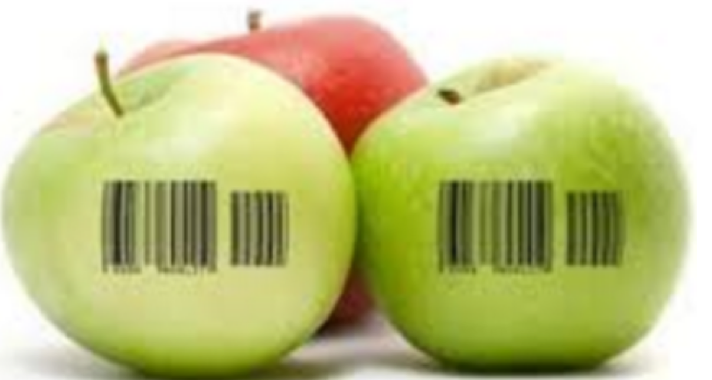The Food Safety Modernization Act (FSMA) is detailed and complicated. I like simple, so I decided to write a simple overview of the FSMA.
What Is The Food Safety Modernization Act?
The Food Safety Modernization Act is the biggest overhaul of food safety oversight in the history of the Food and Drug Administration (FDA). The goal is to make food safer from farm to fork. The law also covers imported food, which now accounts for about 15% of the food consumed in the United States.
One of the goals of the law is to move from an inspection mentality to a prevention mentality. The quality world has made a similar transition over the past 30 years or so.
Timing
The FSMA was signed into law on January 4, 2011. Implementation is staggered and the law will be fully implemented by the end of 2017. There are many facets to the law so implementation timing varies based on the particular food, company size, situation, etc.
Who is Affected?
The FSMA applies to any company in the food supply chain. So anyone who grows, produces, imports, packages, distributes, stores, transports or sells food must comply.
Identify and Eliminate Food Safety Risk
Identifying, assessing and mitigating food safety risk from farm to fork is everybody’s job. While the Food Safety Modernization Act is a comprehensive and very detailed law, the 6 steps below provides a good feel for the work required.
1. Create a food safety plan. At the heart of the FSMA is the food safety plan. The food safety plan is a living document that must be created with rigor and updated on a regular basis. This is not a “write it and file it” document. Ideally, the food safety plan is created with lots of input from the extended team.
2. Identify hazards / risks to food safety. Review the process from start to finish. At every step, consider every potential risk. Be creative. Consider all the things that can go wrong. Potential hazards can be biological, chemical or physical. Risks may occur naturally, through unintentional actions or intentional actions (for economic gain or to cause harm). Every risk needs to added to the food safety plan.
3. Implement preventative control to mitigate risks. For every risk identified, put a preventative measure in place. The preventative measure should minimize or eliminate the risk.
4. Monitor preventative controls. Once you have identified preventative controls, monitor those controls to ensure they are in place and working. For example, if keeping food heated above a certain n temperature is required to keep it safe, a methodology for measuring the temperature at regular intervals would be a good monitoring process. Sensors and technology are ideal for monitoring preventative controls.
5. Training and continuous improvement. There are always additional actions that can be taken to improve food safety. Develop a culture of continuous improvement. Get the whole team involved in risk identification and mitigation. As a company identifies new risk or new ways to mitigate risk, the food safety plan should be updated and the team given additional training.
6. Documentation. It is important to document the food safety plan, which should include potential risks, controls and controls monitoring. In the event of an audit, the documentation must be complete and available.
Who is Responsible for Creating the Food Safety Plan?
The company that owns the food must create the food safety plan. That may mean multiple companies within the supply chain need to create a food safety plan for the same food. Ideally, the companies communicate requirements and align their efforts.
Companies that come in contact with the food, but don’t actually own the food (warehousing, logistics companies, carriers, etc.) must comply with the FSMA, but they may not have to create their own food safety plans. These companies should follow the food safety plans created by their customers.
Example: A farm grows produce so they create a food safety plan. From there, a processor / packager purchases the produce so they must create a food safety plan. The processor / packager sells the food to a distributor who must also create a food safety plan. The retailer who buys the food from the distributor must also create a plan.
Want to Learn More? Sign Up for My FSMA Training
In the coming weeks, I am conducting a series of FSMA training webinars. If you are interested, please sign up below.
Course Description – FSMA for Transportation and Logistics Professionals

